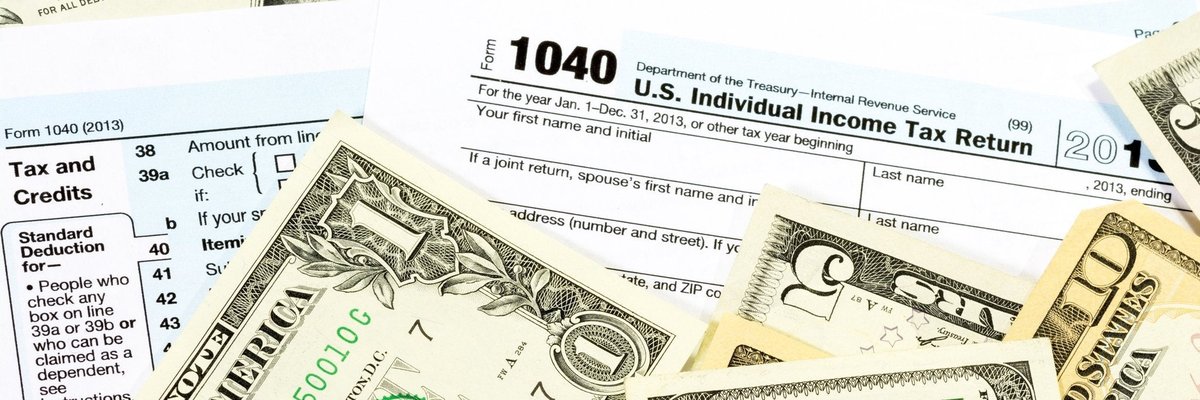Retirees Could Save Thousands Under the 2026 Tax Brackets, Here's How

Image source: Getty Images
If you're retired or planning to be soon, the IRS just handed you some good news. Due to the newly announced 2026 tax brackets, many retirees could see their tax bills shrink, and their after-tax income rise next year.
It's a quiet shift, but it could mean thousands of dollars in savings for anyone living off Social Security, pensions, or IRA withdrawals.
Bigger standard deductions for seniors
For 2026, the standard deduction jumps to $32,200 for married couples filing jointly and $16,100 for single filers. On top of that, seniors get an additional deduction: $1,650 per person if you're over 65 (or $2,050 if you're unmarried and over 65).
That means a retired couple could have nearly $35,000 of income completely tax-free in 2026. If most of your income comes from Social Security, that alone might wipe out your federal tax bill.
This matters because a majority of retirees now use the standard deduction instead of itemizing. A larger deduction means less taxable income, and that's money back in your pocket.
Higher income thresholds before hitting higher tax rates
The 2026 brackets also rise with inflation. For example, the 22% bracket won't start until $100,800 for married couples, compared to roughly $94,300 in 2025. The top 37% bracket won't kick in until $768,700 for joint filers.
For retirees pulling from IRAs or 401(k)s, that means more flexibility in how much you can withdraw without jumping into a higher tax tier. A carefully timed Roth conversion, for instance, could now fit neatly into a lower bracket than before.
It's also good news for part-time earners and small business retirees who still take on consulting or side gigs. Your marginal tax rate might drop even if your income stays the same.
AMT and capital gains relief
The alternative minimum tax (AMT), which is something that occasionally hits retirees with large investment gains, will apply to fewer people in 2026. The exemption rises to $140,200 for joint filers, and the phaseout doesn't begin until $1 million of income.
Meanwhile, long-term capital gains brackets are also shifting upward. The 0% rate applies up to $98,900 for married couples, and the 15% rate goes all the way to $613,700. That's a big deal if you sell stocks, mutual funds, or property in retirement.
How retirees can take advantage
To get the most out of the new brackets, retirees may want to:
- Revisit withdrawal strategies: Adjust IRA or 401(k) distributions to stay within the lower 12% or 22% brackets. If you feel like you might need some professional help here, this no-cost quiz from our partner, SmartAsset, makes it easier to find a fiduciary financial advisor.
- Consider partial Roth conversions: Converting while rates are lower can lock in tax-free growth for the future.
- Harvest gains strategically: If your taxable income sits below $98,900 (married), you might pay 0% on long-term gains.
- Use HYSAs and CDs wisely: With rates still strong, you can earn safe income without adding much to your taxable footprint. See today's top high-yield savings accounts paying more than 4.00% APY.
Why this matters now
The last few years have been tough on retirees with higher prices, volatile markets, and shrinking bond yields. But 2026 offers something rare: a tax break that rewards steady savers.
If you plan ahead now, you could structure your withdrawals and investments to keep more of what you've earned. And for once, it's the IRS giving retirees a little breathing room.
Our Research Expert



